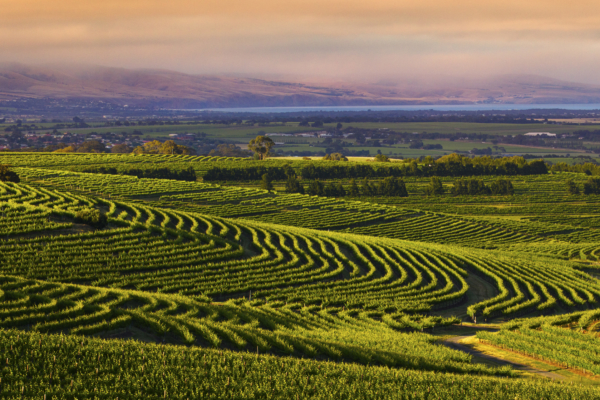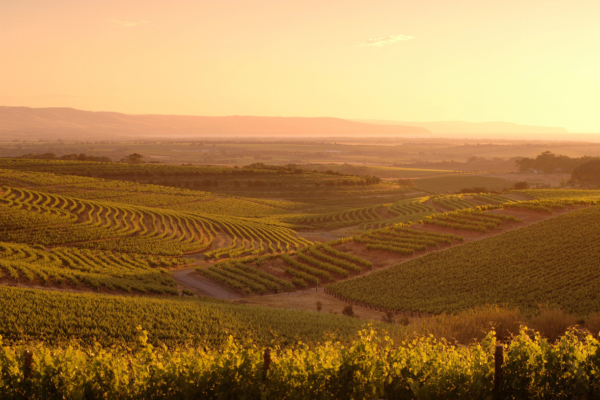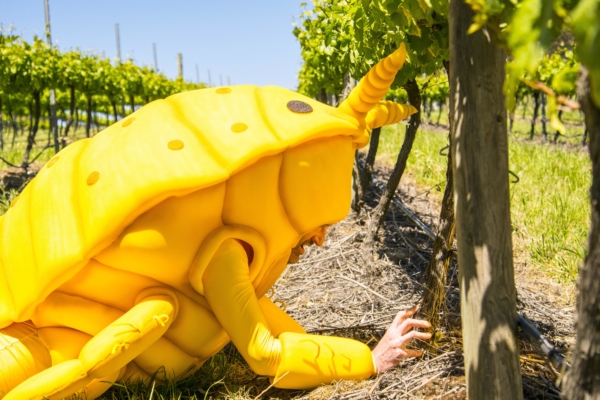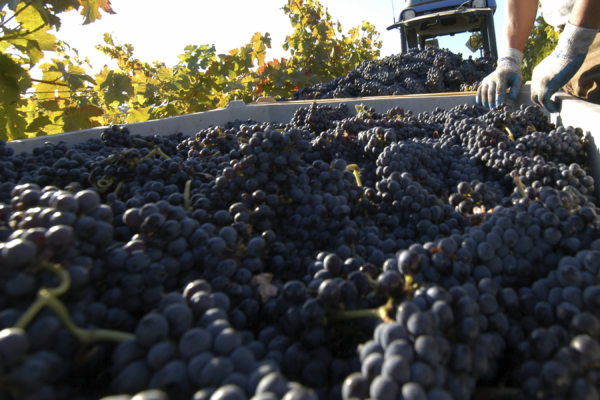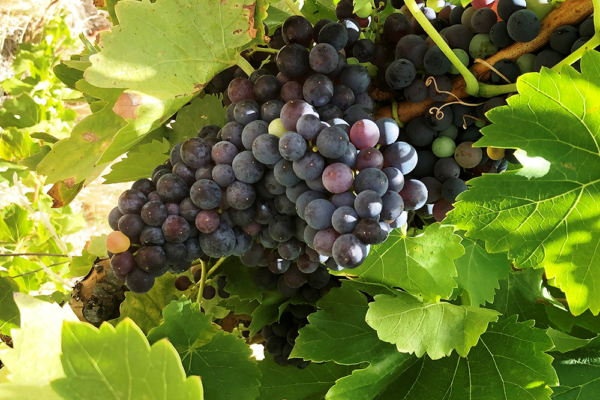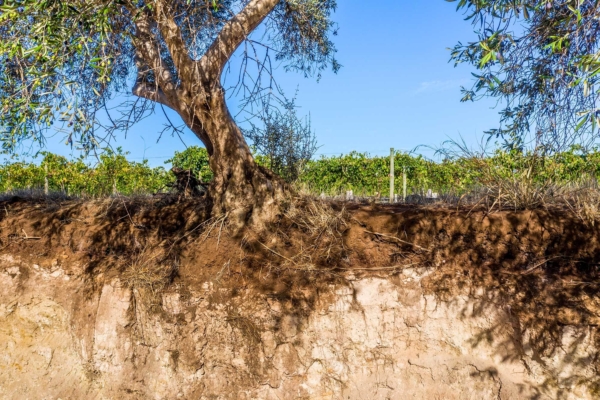Old Vine Register
The McLaren Vale Wine Region "Old Vine Register" shines a light on the value of old vines within the region. We are incredibly lucky here in McLaren Vale to have plantings of old vines that are over 100 years old. As the state is Phylloxera free (unlike some other parts of Australia) we can lay claim to some of the oldest vines in Australia.

| Variety | Size of Planting – hectares (ha) |
| Aglianico | 0.74ha |
| Cabernet | 1.67ha |
| Cabernet Franc | 0.13ha |
| Cabernet Sauvignon | 31.65ha |
| Carignan | 1.01ha |
| Chardonnay | 2.46ha |
| Chenin Blanc | 3.50ha |
| Cinsaut | 0.79ha |
| Grenache | 50.90ha |
| Grenache Noir | 19.41ha |
| Mataro | 2.43 ha |
| Merlot | 1.73ha |
| Mixed plantings | 27.1ha |
| Mourvedre | 2.10ha |
| Riesling | 0.6ha |
| Sagrantino | 1.31ha |
| Sangiovese Brunelo | 0.91ha |
| Sauvignon Blanc | 0.13ha |
| Shiraz | 102.32 |
| Touriga Nationale | 0.71ha |
To view the McLaren Vale Old Vine Register please click here.
*The information collected in the McLaren Vale Old Vine Register is accurate as of December 2021.
Timeline, 1838–2022
The township of McLaren Vale was established in 1838 after following a survey conducted by John McLaren.
First Vines planted in McLaren Vale.
Phylloxera, an aphid-like root louse that destroys grapevines, devastated up to 70% of Europe’s vineyards at the end of the 19th century. The Phylloxera bug originated in America where the roots of the local vines (Vitis labrusca) were resistant to its predations. When cuttings were taken to Europe in the mid-19th century, the bug hitched a ride and soon attacked the vulnerable Vitis vinifera vines. It is estimated that more than 6 million acres of vines were destroyed in France, and phylloxera soon spread to the rest of Europe, South Africa, Australia and New Zealand. It even caused destruction in California, where growers had imported vines rather than use local varieties.
Phylloxera first appeared in Australia at Geelong in 1877. It spread north, being detected in New South Wales in 1884 and Queensland in 1910, destroying vineyards and devastating the industry. South Australia, having banned the movement of vine material in 1874, remained free of the pest. Western Australia and Tasmania also escaped infection.
Wine exports trebled and finally, after World War II, local sales increased.
Several McLaren Vale wineries began bottling small parcels of selected wines and established cellar door tastings and sales.
It was not until the 1970s that table wine grew in popularity and within the same decade, over 25 new wineries were established in our region which specialised in the production of distinctive Shiraz, Cabernet and Grenache.
In the 1980’s the Government of South Australia fostered a vine pull scheme to counter the oversupply of the Australian wine industry and financially support viticulturists in the transition across to general farming.
Today, McLaren Vale is host to more than 190 producers, including 80 cellar doors and some of the oldest vines in the world. McLaren Vale (and South Australia) remains phylloxera free and is known for innovative viticultural and winemaking techniques and an international reputation for producing the 'trilogy' of Australian reds: Shiraz, Cabernet Sauvignon and Grenache.
35+ Years
These plantings are generally more on trend with newer more emerging varieties more suited to the changing climatic conditions of McLaren Vale.
Generally speaking a vine reaches “adulthood” around seven or eight years and becomes a “mature” grapevine anywhere from 12–25 years old. For vines to be allowed to age 35 years and beyond means that they are old because they are good.
As long as the strict biosecurity measures currently in place continue, this will see the region’s Old Vines safe for future generations.
Photograph (C) Oliver's Taranga
50+ Years
“Old Vines” are usually more than 25 years, and preferably more than 50 years old.
What’s interesting is that over the lifecycle of a grapevine there are some noted changes that give aging vineyards unique qualities. The rich tapestry of old vine material in McLaren Vale helps to provide irreplaceable vine stock that underpins our viticultural traditions and provide a valuable source of material for new plantings today.
Often dry-grown, on their own root stock and ungrafted this category of Old Vines has seen half a century of change and continue to maintain the qualities that older vines are revered for.
Photograph (C) d'Arenberg
70+ Years
These Old Vines in McLaren Vale have been around for 70 years and whilst not as old as the 100 year plus "Old Vines" they still have an important story to tell.
This bracket of Old Vines is slightly more diverse than their older counterparts with more emerging varieties such as Sagrantino and Sangiovese in the mix alongside the more traditional Shiraz and Grenache.
Their root system would still run deep and means that these vines pull their nutrients and water sources from far below the surface. For this reason, these older vines don’t suffer as much vintage variation and tend to be more draught/flood tolerant.
Photograph (C) Oliver's Taranga
100+ Years
100 years plus vines are identified as pre-phylloxera with some of these vines dating back to 1887. Many of these vines are grown without irrigation and only exist survive/remain because of rigorous biosecurity systems.
These older the vines have root systems that would be infiltrating the underlying geology. As the geology in McLaren Vale is so diverse this means that wines from these vines have different characteristics due to the differing geology they are drawing on. The older the vine the deeper the vine roots will infiltrate the terroir. It is likely the wines produced from old vines will express the underlying geology on which they are growing which, in McLaren Vale is highly variable as detailed on our world class Geology Map.
These Old Vines tend to lose productivity with age but the resulting return in terms of richness and complexity in the finished wines make the results that much more valuable.
Photograph (C) d'Arenberg

Living Icons
Today, the stories of these old vines are being told in the form of five single vineyard Shiraz wines - collectively known as Living Icons - each produced from vines planted in the 1800s.
Read more about the Living Icons Project
